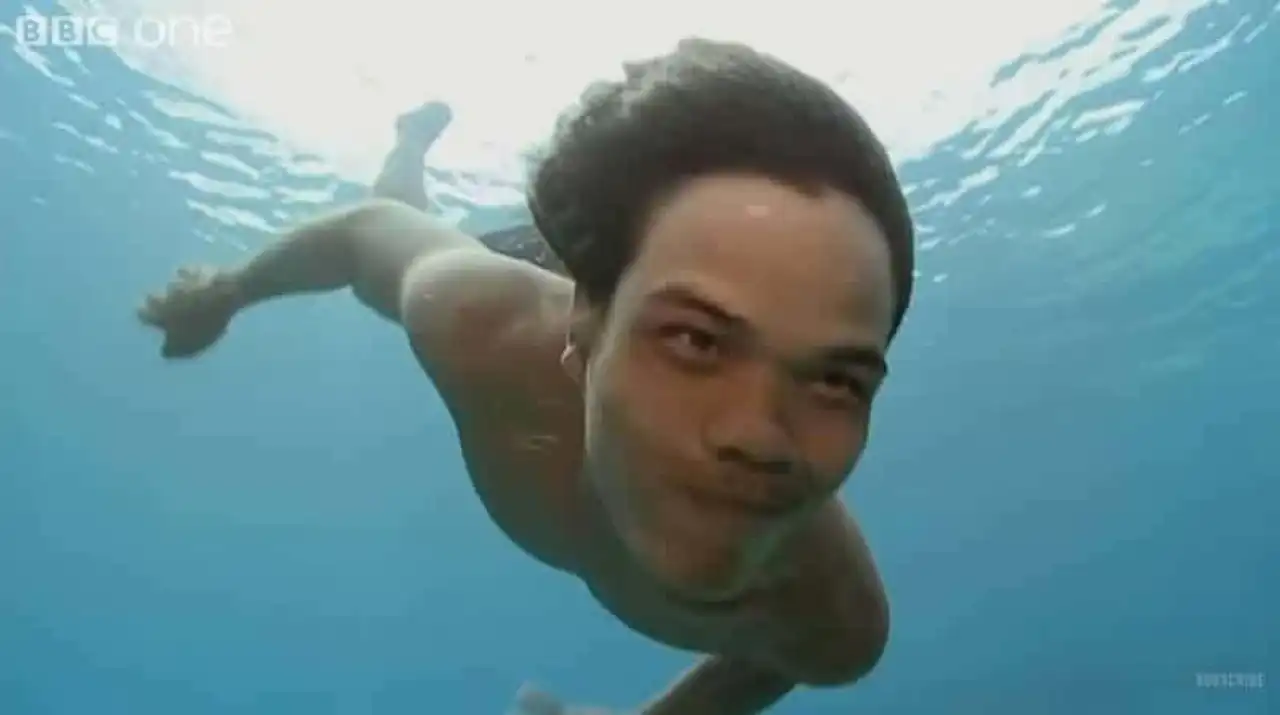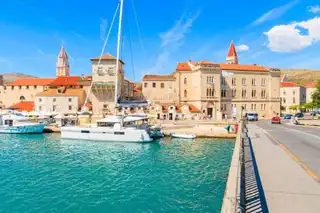Baptized “the nomads of the sea”, the Moken, a maritime nomadic people of Southeast Asia, would be able to adapt their vision to see under water, such as dolphins.
Fascinated by Moken , an extraordinary people, Anna Gislen, a scientist at the University of Lund in Sweden, found that Moken children had an amazing ability: to adapt their vision under water. For proof, these unrivalled fishermen who live between Burma and Thailand move under water with an impressive ease and are able to recover any object or fish without any difficulty.
“ Normally, when you go under the water, everything is so blurred, that the eye doesn’t even try to accommodate, it’s a normal reflex.” , remarks the researcher BBC . Indeed, the water, makes it lose its refractive power to the cornea. However, in Moken children, this capacity is not altered.
A non-standard reduction of the pupil
Intrigued, Anna Gislen sought to learn more. Thanks to the comparison of the Moken vision to that of European children, the scientist was able to see that, out of the water, all children showed the same abilities and had the same structure of the eye.
Only, once underwater, the Mokens proved to have a vision twice as precise as that of Westerners. Also, Moken children manage to reduce the size of their pupil and to change the shape of their crystalline, the two unique ways to increase visual acuity under water.
“Our measurements clearly show that there is a difference under water. At the time of diving, Moken children tighten their pupils, while European children do not, and the size of the pupil differs significantly » , she explains.
A vision equal to that of dolphins
Capable to reduce the size of their pupils to the maximum limit for the human being and to change the shape of their crystalline, this double modification allows Moken children to see net, even under water. "The seals and dolphins have a similar adaptation" , underlines the scientist.
However, this capacity is not irreversible. Growing up, children lose their capacity and no longer have any facilities to see underwater. “When we get older, our lenses become less flexible, so it seems logical that adults lose this ability to accommodate underwater.” , she says.
The secret: training
Desirous of deepening her research, the scientist conducted a new study on European children in Thailand and Sweden. This time, volunteers had to dive under the water and try to distinguish the lines drawn on a map. After a month, the results showed that European children had managed to develop capacities similar to those of Moken.
As Anna Gislen explains, “it was different for each child, but at some point their vision was improving suddenly.” . She continues, “I asked them if they were doing something different and they said “no, I can just see better now.” Following her new research, the scientist concluded that this capacity was developed through regular training and did not disappear. Four months later and without any marine activity, the children had retained their faculty. »
After the terrible tsunami in 2004, Mokens tend to lose their capacity. “The Mokens no longer spend as much time in the ocean” , regrets the scientist.
Photo credit: YouTube video screenshot








Loading comments ...